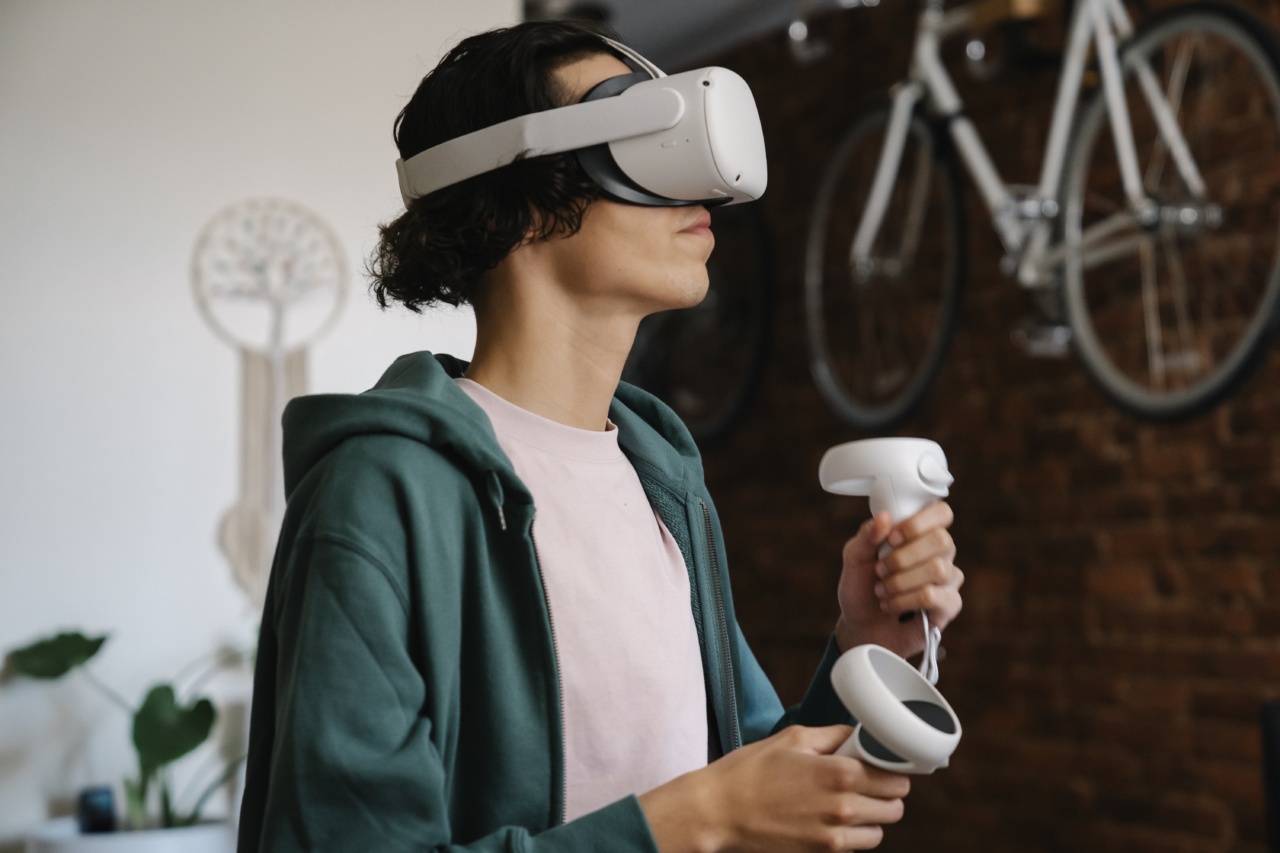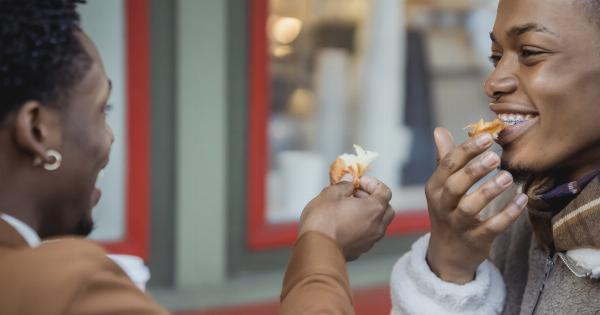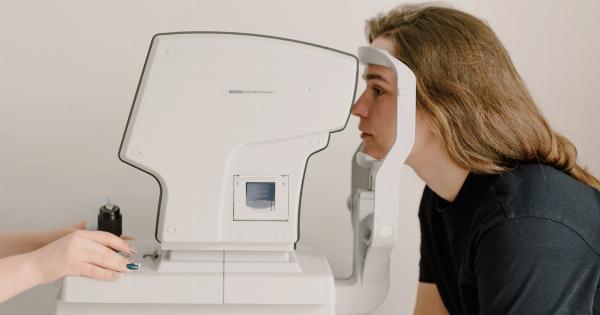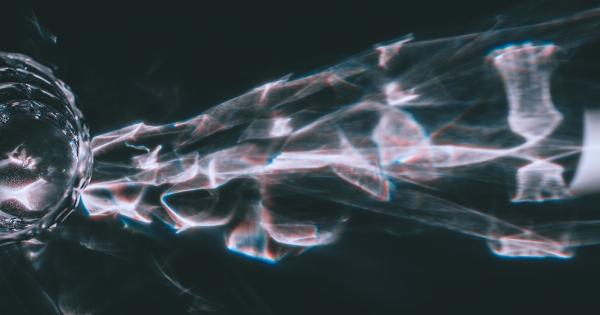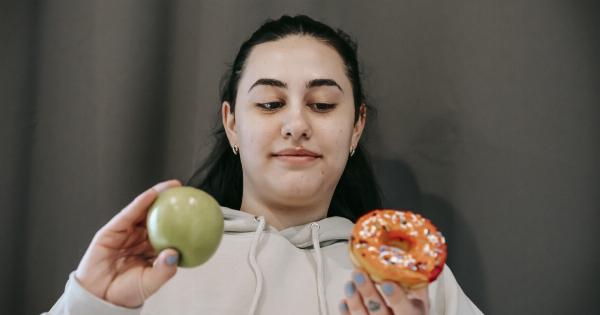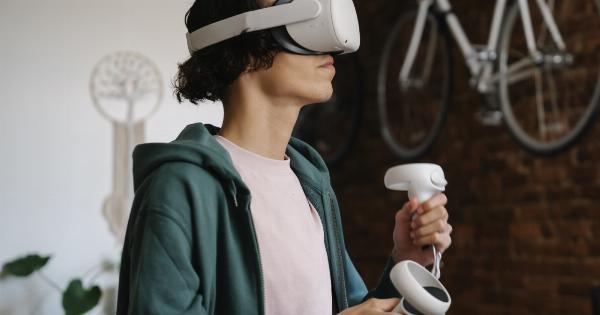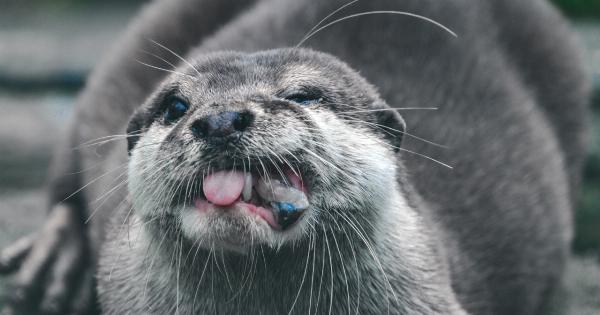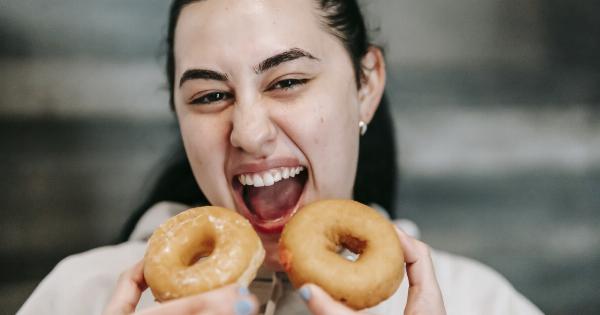Visual cues play a significant role in the perception of flavor. The mere sight of food or beverage can influence our expectations, enhance or diminish our enjoyment, and even alter our perception of taste.
This phenomenon can be attributed to a variety of factors such as color, shape, size, and presentation. In this article, we will explore the fascinating relationship between visual cues and flavor perception, shedding light on how our senses collaborate to shape our culinary experiences.
The Power of Color
One of the most influential visual cues when it comes to flavor perception is color. The color of food and beverages can significantly impact our expectations and influence how we perceive taste.
Research suggests that different colors can elicit specific emotions or associations, which in turn affect our perception of flavor. For example, vibrant red hues may evoke feelings of sweetness, while greenish shades can be associated with sourness or freshness.
The Role of Shape and Size
Visual cues related to the shape and size of food items can also play a substantial role in flavor perception. Research indicates that the shape of food can influence our expectations about taste and texture.
Studies have shown that curved shapes are generally associated with sweetness, while angular or jagged shapes are linked to bitterness. Moreover, the size of food portions can impact our perception of satisfaction and flavor intensity. Larger portions tend to be perceived as more filling and flavorful.
Presentation Matters
The way food and beverages are presented can significantly impact our perception of flavor. The arrangement, plating, and overall visual presentation can evoke positive or negative associations and influence our expectations.
When a dish is visually appealing, we tend to anticipate a more enjoyable flavor experience. On the other hand, if the presentation is lacking, it might lead to subpar flavor perception, even if the actual taste is exceptional.
The Halo Effect
Visual cues can also trigger the halo effect, a cognitive bias where our overall impression of a product or experience is influenced by a single trait.
In the context of flavor perception, this means that a visually appealing food or beverage will often be perceived as tastier or of higher quality than a less visually appealing one. This bias highlights the importance of aesthetics in our enjoyment of food and beverages.
Crossmodal Associations
The relationship between visual cues and flavor perception can be understood through the concept of crossmodal associations. Crossmodal associations occur when stimuli from one sensory modality trigger associations with another sensory modality.
In the case of food and flavor, visual cues can create specific expectations that influence our perception of taste, aroma, and even texture. For example, the sight of a lemon can evoke a sour taste sensation even before we take a bite.
Color and Taste
As mentioned earlier, color has a profound impact on our flavor perception. Certain colors can heighten or dampen specific taste sensations.
For instance, studies have shown that red color enhances perceptions of sweetness, while blue color can suppress it. This knowledge is often used in culinary creativity, with chefs thoughtfully using color combinations to influence our experience of flavor.
The Role of Labels and Packaging
Visual cues related to food labels and packaging can also shape our expectations and influence flavor perception. Words, images, and colors on product labels can convey specific connotations or trigger associations.
Packaging designs that emphasize freshness or naturalness can lead to enhanced perceptions of flavor, while unappealing or uninformative packaging might negatively affect our flavor expectations, no matter how great the actual taste might be.
Context and Expectations
Our expectations and the context in which we consume food and beverages play a crucial role in how we perceive flavor.
For example, if we are dining in an upscale restaurant with elegant plating and beautiful ambiance, we are more likely to perceive the food as tastier. On the other hand, eating the same dish in a less appealing setting might lead to a different flavor perception. The visual cues in the environment can significantly impact our expectations and, consequently, our overall enjoyment of the meal.
Attention and Distraction
Visual cues can either enhance or distract our attention, which, in turn, affects flavor perception.
When we pay close attention to the visual aspects of food, such as its plating or color, we are more likely to focus on the flavors and textures as well. However, distractions in our visual field can hinder our ability to fully savor the taste. For example, eating in a cluttered or visually busy environment may decrease our ability to fully appreciate the flavors of the meal.
Cross-cultural Differences
It is important to note that the impact of visual cues on flavor perception can vary across cultures. Each culture has its own set of expectations and associations for different visual cues.
For instance, while the color red may be associated with sweetness in Western cultures, it may evoke a different association in others. Understanding these cultural differences is crucial for the food and beverage industry to effectively cater to diverse palates worldwide.
Conclusion
Visual cues have a profound impact on our perception of flavor. Color, shape, size, presentation, and other visual aspects can significantly influence our expectations, enhance or dampen our enjoyment, and even alter our perception of taste.
The interplay between visual cues and flavor perception is a complex and fascinating subject, exploring the depths of how our senses collaborate to shape our culinary experiences. By understanding and leveraging the power of visual cues, both chefs and consumers can enhance their enjoyment of food and beverages.
